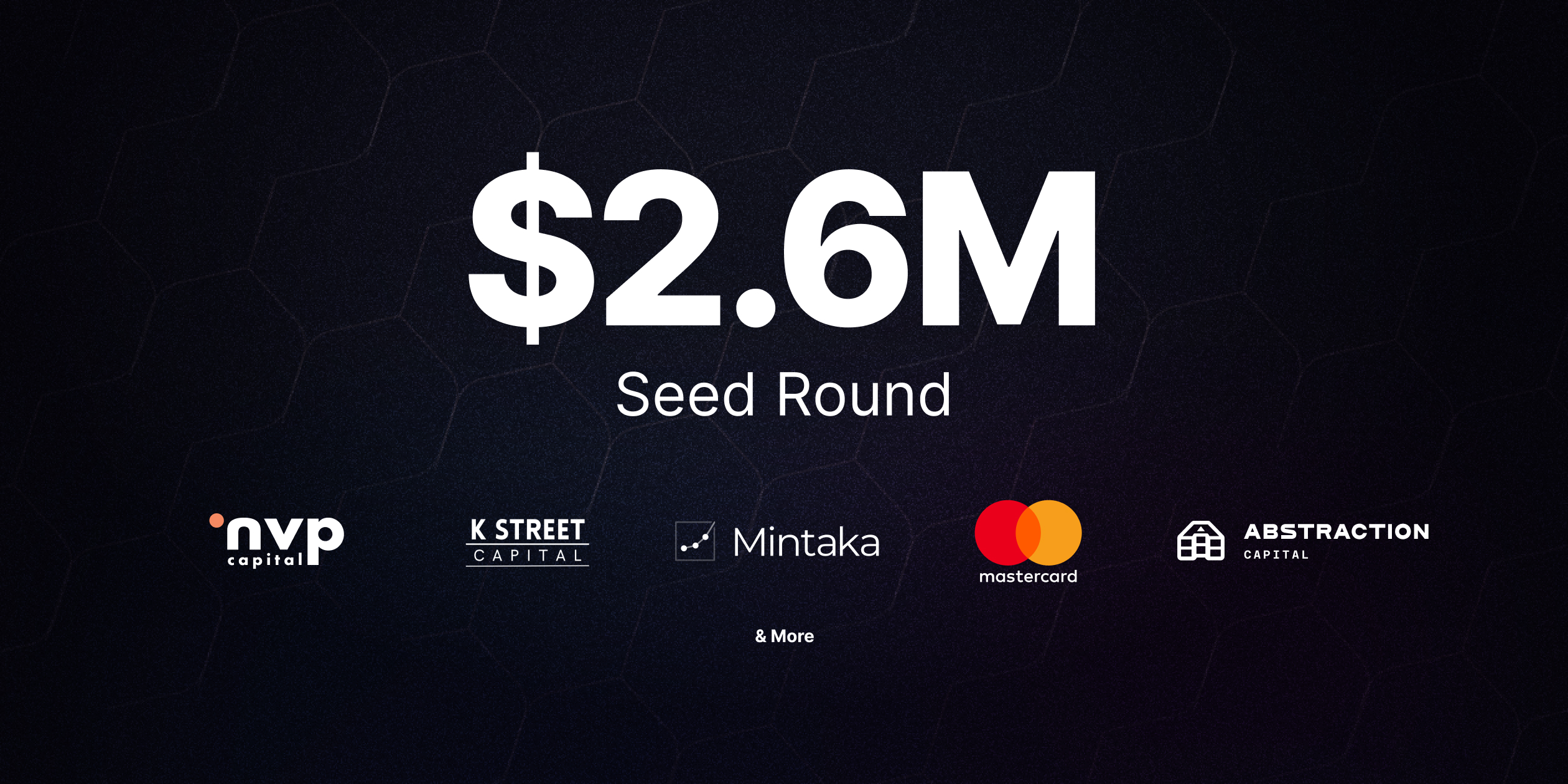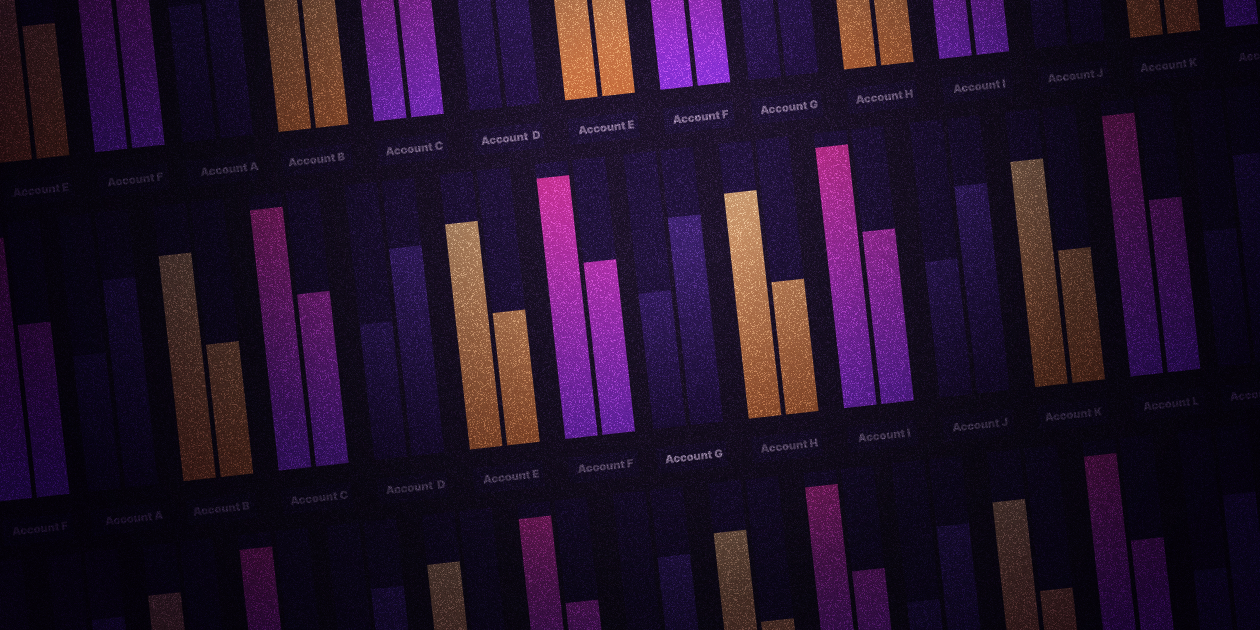
What Is an Open Banking API?
What Is an Open Banking API?
Open banking is transforming the financial services industry. For fintech builders, APIs are the cornerstone of this change. An open banking API allows developers to securely access financial data, build smarter products, and provide a smoother customer experience. From budgeting apps to seamless payments, these tools are shaping the future of digital finance.
In the United States, adoption is accelerating despite the absence of a single regulatory mandate like Europe’s PSD2. Startups and developer teams are leveraging open banking API solutions to create innovative products in payments, accounting, personal finance management, and risk tools. This article explores what an open banking API is, how it works, key use cases, benefits, security considerations, and its future potential.
What Is an Open Banking API?
An open banking API is an application programming interface (API) that allows third-party providers to access financial account information with customer consent. These APIs act as secure digital gateways between banks, financial institutions, and fintech applications.
Unlike traditional banking APIs that were often proprietary and closed off, open bank API is designed for secure data sharing. They give fintech developers the ability to retrieve account balances, transaction data, and other financial information in real time. This enables more personalised financial services and innovative customer experiences.
At its core, an open banking API follows the principles of transparency and customer control. Consumers decide which apps can access their data and for what purpose. This approach supports financial inclusion, competition, and innovation across the financial services ecosystem.
How Open Banking APIs Work
Open banking APIs function by connecting a user’s bank account with a third-party application through a secure data-sharing process. The process typically involves:
- Customer consent – Users must provide explicit permission before any data is shared. This ensures compliance with privacy and regulatory requirements.
- Secure authentication – Most platforms rely on OAuth protocols and multi-factor authentication. This ensures that only authorised users and applications can access financial data.
- Data retrieval – Once authenticated, the API provides access to account information such as balances, transactions, and payment details.
- Data use – The third-party provider can then use this data to deliver services like budgeting insights, loan approvals, or faster payment experiences.
The Application Programming Interface acts as a standardised bridge, ensuring interoperability across multiple financial institutions. For fintech teams, this simplifies integration and reduces the need to build individual connections with each bank.
Key Use Cases of Open Banking APIs
Open banking APIs unlock a wide range of use cases. Fintech builders in the U.S. are already deploying them across payments, risk, and personal finance.
Budgeting and Financial Management Apps
Personal finance management (PFM) tools rely heavily on open banking APIs. By accessing transaction data, these apps can categorise spending, track cash flow, and provide real-time budgeting advice. Customers gain better visibility into their financial health, while developers can build engaging customer experiences. These apps can also deliver personalised recommendations, such as saving tips or subscription alerts, based on spending habits. Over time, they can evolve into trusted financial companions that help users reach long-term goals.
Account Aggregation Platforms
Account aggregation platforms combine data from multiple bank accounts into one interface. This allows users to view all their financial accounts in one place. For fintech teams, aggregation APIs reduce complexity and improve customer retention by offering a complete picture of financial data. With standardised access, these platforms make it easier to add new bank connections quickly. They also provide opportunities to integrate extra features like investment tracking and bill management.
Loan and Credit Scoring Services
Credit decisioning can be enhanced with open banking APIs. By analysing transaction history and income data, lenders can build more accurate risk models. This approach benefits both consumers, who may gain fairer access to credit, and financial institutions, who reduce default risks. For startups, this can enable the development of alternative credit scoring models that serve thin-file customers. Ultimately, this leads to greater financial inclusion and new lending opportunities.
Seamless Payments and Money Transfers
Payments are one of the most popular use cases. Open banking APIs enable direct bank-to-bank transfers without intermediaries. This reduces costs, increases speed, and improves the overall payment experience. Businesses can use these APIs to reduce processing fees compared to card networks. They also open the door to innovative payment flows, such as one-click checkouts powered by direct account access.
Business Financial Insights and Analytics
For small and medium-sized businesses, open banking APIs offer powerful analytics. They can track cash flow, forecast revenue, and reconcile accounts automatically. These tools improve operational efficiency and provide real-time insights that previously required manual processes. Companies can use these insights to make smarter financial decisions, from managing expenses to planning investments. By embedding analytics into daily operations, businesses become more resilient and competitive.
Benefits of Open Banking APIs
Open banking APIs deliver clear advantages for fintech builders and consumers alike:
- Enhanced customer experience – By giving users control over their financial data, open banking improves trust and personalisation.
- Innovation and competition – APIs lower barriers for startups to enter the market with fresh solutions.
- Efficiency gains – Automation of data sharing reduces manual input, speeding up services such as loan approvals or expense reporting.
- Improved payment experiences – Faster and cheaper bank-to-bank transfers enhance user satisfaction.
- Broader financial inclusion – Access to alternative data enables lenders to serve underbanked populations.
For fintech teams, adopting open banking API solutions accelerates time-to-market and helps build products that are both scalable and future-ready.
Security and Compliance Considerations
Handling sensitive financial data demands strong security measures. Open banking APIs are built with this in mind.
- Data security – APIs use encryption, tokenisation, and secure authentication to protect customer data.
- Regulatory requirements – In the U.S., there is no single PSD2-like mandate, but financial institutions and fintechs must comply with frameworks such as PCI DSS and consumer protection laws.
- User consent – Data sharing is always consent-driven, ensuring that customers remain in control of their financial information.
- Risk management – Providers must plan for API reliability, uptime, and incident response to protect both customers and business continuity.
For fintech startups, aligning with best practices in compliance and security builds trust with both regulators and users.
Future of Open Banking APIs
The future of open banking APIs in the United States looks promising. While Europe and parts of Asia have regulatory mandates, the U.S. market is moving toward industry-driven adoption. Market leaders, aggregators, and fintech platforms are shaping standards and interoperability.
Several trends will define the next phase:
- Expansion toward open finance – Beyond bank accounts, APIs will extend to insurance, investments, and retirement products.
- Improved developer tools – As demand grows, API providers will offer more robust SDKs, sandboxes, and integration support.
- Embedded finance growth – Open banking APIs will underpin the rise of embedded payments, lending, and financial insights within non-financial apps.
- Regulatory clarity – As policymakers catch up, clearer rules will create a more stable environment for both fintechs and banks.
For U.S. fintech builders, now is the time to integrate open banking API solutions. Those who move early will capture a competitive edge as customer expectations shift toward seamless financial services.
Conclusion
Open banking APIs are reshaping financial services by enabling secure, consent-based data sharing between financial institutions and fintech developers. They empower startups to build budgeting apps, credit tools, payment solutions, and business insights platforms that improve the customer experience.
For fintech teams in the U.S., the opportunity lies in leveraging open banking API solutions responsibly. With strong security, compliance, and innovation strategies, these APIs unlock growth and set the stage for open finance.
FAQ
Is an open banking API the same as a regular banking API?
No. A regular banking API is often proprietary and limited, while an open banking API is designed for secure, standardised data sharing with customer consent.
Can consumers control which apps access their bank data?
Yes. Customers decide which applications can access their financial data, and they can revoke consent at any time.
Which banks support open banking APIs?
Support varies, but many large financial institutions and community banks in the U.S. now offer open banking API solutions, often through partnerships with aggregators.
Are open banking APIs safe to use?
Yes, when built and managed correctly. They rely on strong encryption, secure authentication, and regulatory compliance to protect customer data.
Do open banking APIs cost money to use?
For developers, access often comes with fees. Pricing depends on the provider and usage levels, though many offer tiered models for startups.
Can open banking APIs be used for business banking?
Absolutely. APIs support cash flow monitoring, transaction reconciliation, and payment automation for small and medium-sized businesses.
What’s the difference between open banking and open finance?
Open banking focuses on bank account data. Open finance extends the concept to cover a wider range of financial products such as insurance, investments, and pensions.
Do I need to be a developer to use open banking APIs?
Developers are needed for integration, but many platforms offer plug-and-play solutions and SDKs that simplify implementation for non-technical teams.




